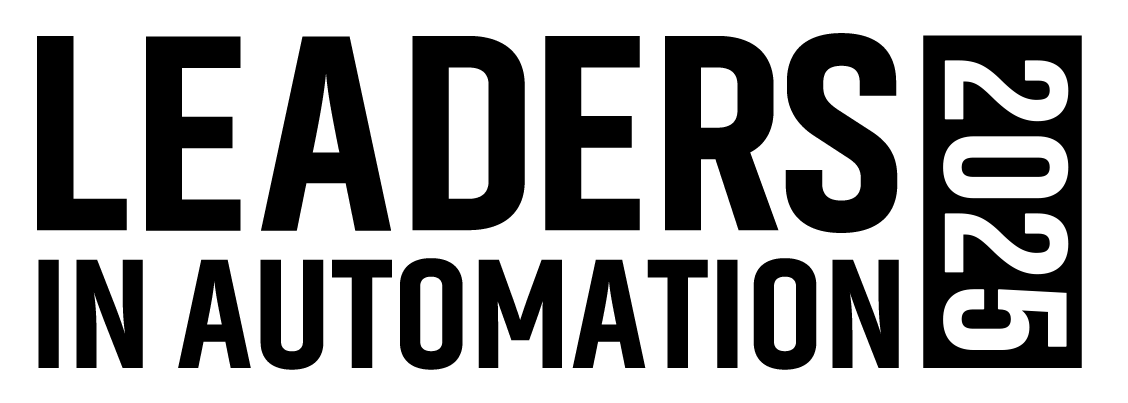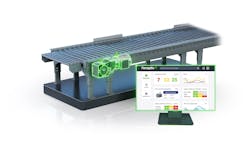From Reactive to Proactive: Implementing Condition Monitoring for Predictive Maintenance Success
The process of continually tracking equipment and asset health gives operations a foundation for establishing predictive maintenance strategies by enabling early detection of potential issues before they escalate. Armed with this information, facilities can extend equipment life, reduce unplanned outages and implement more cost-effective practices.
Condition monitoring for predictive maintenance helps operations stay ahead of potential problems and issues. Data-driven analysis is the foundation of predictive maintenance — it involves collecting and analyzing data to make better-informed decisions about equipment as well as the overall manufacturing operation.
Where traditional industrial maintenance typically followed a reactive strategy — when it breaks, fix it — predictive maintenance requires a different mindset. Using asset-mounted sensors to continuously capture operating data, maintenance teams can make planned decisions based on actual equipment health. In addition, the insights delivered via predictive maintenance systems can be used to fine-tune the entire manufacturing process: enhancing efficiency, productivity and throughput.
Some of the benefits condition monitoring and predictive maintenance can unlock for manufacturers include:
- Minimize unplanned downtime and maintenance costs, since potential issues are identified early.
- Improve equipment reliability and lifespan, extending time between equipment failures.
- Boost production output, thanks to better uptime and equipment availability.
- Improve safety and compliance, since workers can assess equipment health without exposing themselves to potentially hazardous environments.
- Ensure compliance by using data tracking to ensure that companies adhere to all necessary standards and regulations.
A food manufacturer’s experience with condition monitoring
We worked with a well-known snack food manufacturer that was struggling with frequent maintenance issues on one of its production line reducers. To address this problem, the company implemented Perceptiv, an asset performance management system from Regal Rexnord.
The food manufacturer deployed wireless vibration and temperature sensors on a problematic conveyor line to monitor critical components, such as bearings, belts and blower assemblies. The advanced health monitoring and predictive analytics provided valuable and actionable insights into the performance of pumps, motors and conveyors, helping maintenance teams detect early warning signs of failure.
Initially a single deployment, the system quickly expanded across multiple production lines — transforming the manufacturer’s approach to proactive maintenance and delivering substantial cost savings.
In less than a year, the facility avoided more than $277,000 in expected costs, achieving an eightfold return on investment (ROI). The technology became an integral part of their maintenance and reliability program, providing monthly reliability reports and customer success management services, as well as ongoing ROI.
David Goldman is the business development manager for Perceptiv Intelligent Reliability Solutions at Regal Rexnord.
More Regal Rexnord coverage at Automation World:
Condition monitoring implementation tips
To maximize the success of a condition monitoring and predictive maintenance strategy, consider these best practices:
Define your goals — Identify and understand your operational challenges and determine if condition monitoring can help address them. Next, clearly define your goals and desired outcomes, whether they include improved efficiency, reduced downtime costs or better production output. Laying out your priorities will help you select the right solution for your needs.
Develop a comprehensive strategy — Document your strategy for implementing condition monitoring. This is essential to ensure that the strategy aligns with your broader business objectives. Outline your goals, key performance indicators (KPIs) and performance metrics. This will help you establish a solid foundation for your monitoring strategy and achieving a strong ROI. Your existing maintenance and inventory strategy can help pinpoint the most impactful opportunities for condition monitoring. Remember that a one-size-fits-all strategy does not exist.
Shift the mindset —Transitioning from reactive to predictive maintenance often necessitates a shift in mindset. This is a multi-level process that involves people from equipment maintenance staff to the executive suite. Successful predictive maintenance requires internal adoption and buy-in; that’s why training and workforce development are essential to help staff grasp the benefits. Maintenance staff may already excel at reactive maintenance but need to understand how predictive maintenance elevates their efforts.
Choose an experienced partner — A condition monitoring provider can act as a true partner to help you optimize the data collection, analysis and results of the process. Seek a partner with extensive industry expertise and a diverse portfolio of proven components and technologies, which provides a single source for solutions and support.
About the Author

Leaders relevant to this article:
